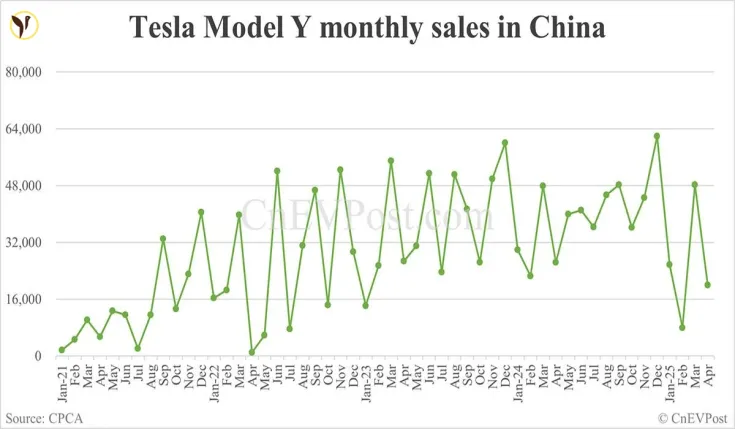```
Tesla's Reign in Australia: A Shifting Landscape
Tesla may have once been king of the Australian electric vehicle (EV) market, but 2025 finds the American automaker facing a tougher battle than ever before. While Tesla maintains that increased competition is ultimately beneficial for the EV industry as a whole, its own sales figures paint a different picture. Over the past year, Tesla’s sales have been declining, a trend mirrored in other key markets, as more and more rivals enter the Australian arena.
The Rise of Competition
A wave of new competitors, predominantly from China, are directly challenging Tesla's dominance. BYD, a major player, has introduced the Sealion 7 to compete with the Model Y and the Seal to rival the Model 3. Other Chinese brands like Deepal (S07), Geely (EX5), Leapmotor (C10), and Smart (#1) are also vying for a piece of the Australian EV market. This influx of competitors, all vying for the same customers, reflects the global expansion of the EV industry and the growing popularity of electric cars in Australia.
- BYD Sealion 7 vs. Tesla Model Y: Direct competition in the popular SUV segment.
- BYD Seal vs. Tesla Model 3: A battle for dominance in the mid-sized sedan market.
- Other Chinese contenders: Deepal S07, Geely EX5, Leapmotor C10, and Smart #1 add to the competitive pressure.
Tesla Australia country director, Thom Drew, acknowledges the increased competition, but maintains a positive outlook. He sees the growth of the EV market as a win for the entire industry, helping to accelerate the transition away from petrol and diesel vehicles. However, he also admits that Tesla needs to work harder to communicate its unique selling points to maintain its competitive edge. The Tesla brand is known for its innovative technology, sleek design, and performance, but these features need to resonate with customers in a market increasingly saturated with choice.
Tesla's Current Challenges
Despite Drew's optimistic outlook, Tesla's sales figures tell a compelling story. In April 2025, Tesla delivered only 500 vehicles in Australia – a significant drop compared to the same period last year. This decline is attributed to several factors:
- Shift in consumer preferences: A move towards SUVs over sedans, impacting Model 3 sales.
- Model Y delivery delays: The launch of the new Model Y in January resulted in a gap in deliveries until early May.
- Increased competition: The sheer number of new entrants into the Australian EV market.
While the Model 3 remains a strong performer in the mid-sized sedan segment (second only to the Toyota Camry in 2025 year-to-date sales), the overall decline in Tesla sales underscores the challenges faced by the company in navigating this increasingly competitive landscape. The brand needs to find a way to reclaim lost market share while still striving to maintain the top spot in EV sales.
Looking Ahead
Despite the setbacks, Tesla remains optimistic. The arrival of 3,500 new Model Y vehicles is expected to significantly boost sales in the coming months. However, regaining its previous dominance will require more than just new stock; it demands a renewed focus on marketing, product innovation, and customer engagement in the face of stiff competition from established and emerging players. The Australian EV market is evolving rapidly, and Tesla's ability to adapt will determine its future success.
Conclusion
Tesla’s position in the Australian EV market has shifted dramatically. While increased competition brings challenges, Tesla's long-term vision remains focused on accelerating the global transition to sustainable transportation. The coming months will be crucial in determining how Tesla responds to the evolving market dynamics and whether it can retain its leadership position. The story of Tesla in Australia in 2025 is a case study in the rapid evolution of the electric vehicle market and the constant need for adaptation in a dynamic and competitive environment.
```






